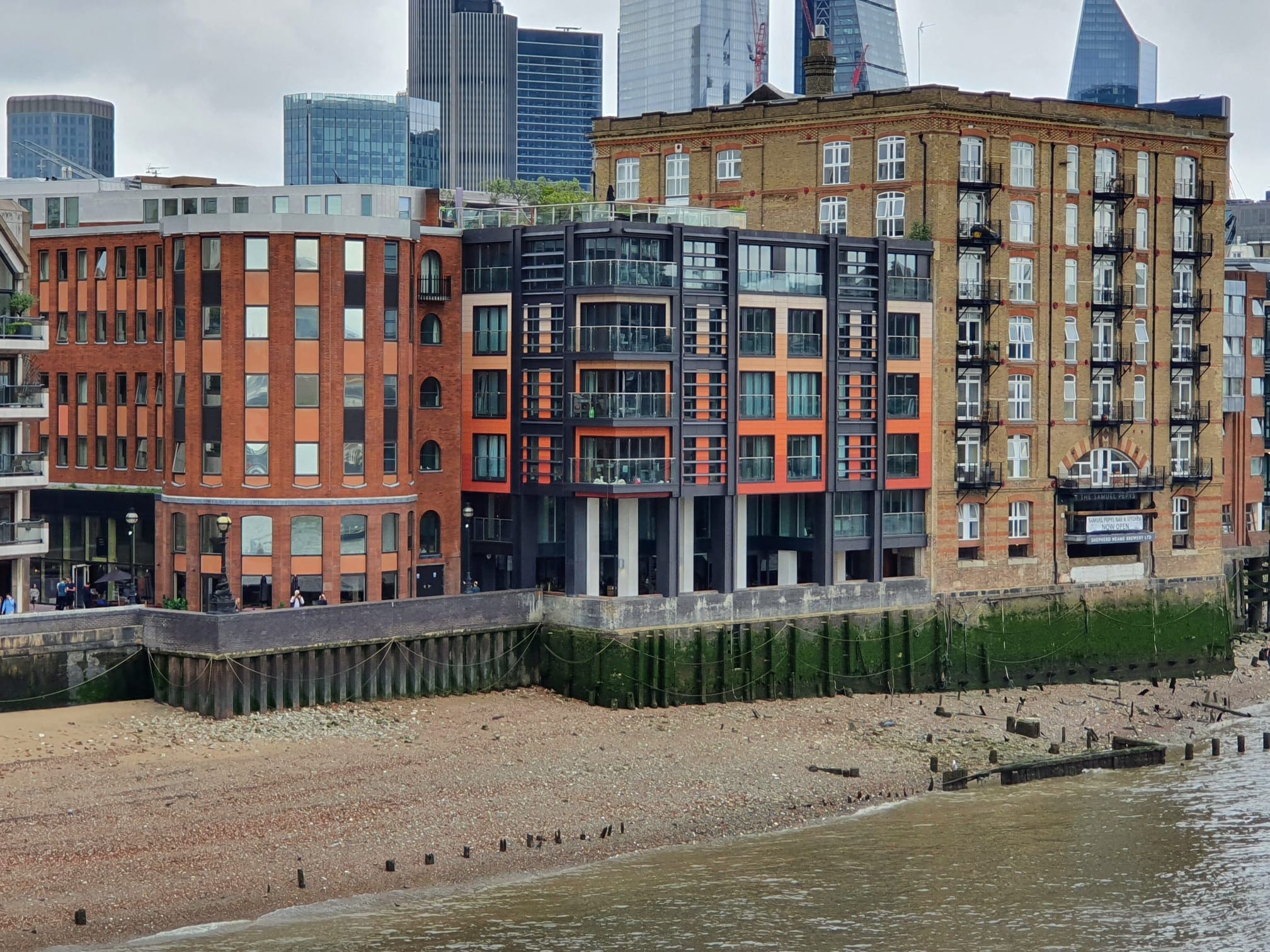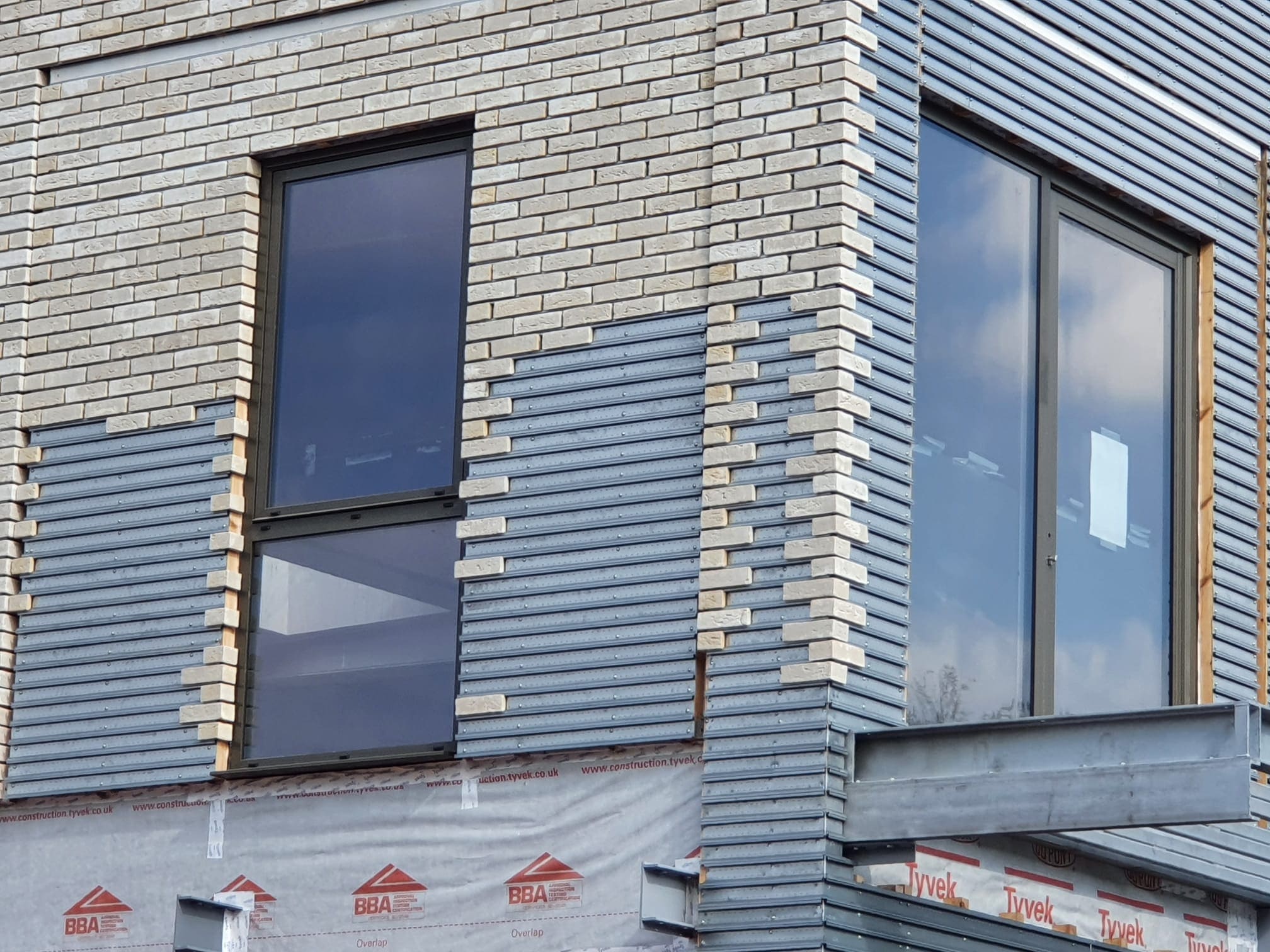 Mary-Anne Bowring 07/05/2024
Mary-Anne Bowring 07/05/2024
 490
490
 0
0
How abolishing Multiple Dwellings Relief (MDR) can severely impact the BTR sector
In December 2023, GOV.UK quietly issued an update stating that previously published statistics on MDR (Multiple Dwellings Relief) were being withdrawn, and the methodology for reviewing them was under revision.
What is Multiple Dwellings Relief (MDR) within the context of Stamp Duty Land Tax (SDLT)?
In 2011, the government introduced Multiple Dwellings Relief (MDR) to incentivise investment in residential properties. MDR applies to buyers acquiring interests in multiple dwellings within a single or connected transaction. It aimed to lower the Stamp Duty Land Tax (SDLT) rate on purchasing buildings comprising various dwellings. This was necessary to help align the purchase with the rate that would apply if each dwelling were purchased separately in separate transactions.
When did the UK government abolish Multiple Dwellings Relief (MDR)?
The Chancellor's budget on March 6, 2024 surprised many. It stated that an outside review was needed to prove that MDR helped the private rental market. This made the government decide to end MDR as of June 11th 2024. The end of MDR will likely affect the UK's build-to-rent (BTR) sector. Without MDR, stamp duty costs for BTR projects are likely to rise, especially in areas with lower property values. This could well make BTR projects less feasible, even on brownfield sites, and discourage future investment in BTR.
The most recent British Property Federation (BPF) BTR Map reveals nearly 267,000 BTR homes are in the pipeline across the UK. Circa 100,300 are finished, 54,000 are being built, and 112,000 are in the planning stages. 97,144 are completed in England, 48,960 are under construction, and 97,094 are in the planning phase.
Are institutional homes for rent growing, and what will the impact of abolishing MDR be?
The English Housing Survey for 2022-23 found that there are 4.595 million privately rented homes in England. This is slightly more than ten years ago. BTR has been growing and is now expected to make up over 3 percent of all rented homes in England. However, the end of MDR could hinder institutional BTR growth by raising stamp duty expenses and crushing the feasibility of some BTR projects. Stamp duty costs for the initial purchases and subsequent sales are crucial for assessing viability. The insistence on commercial stamp duty rates for all apartment blocks or housing collections will increase the taxation burden, potentially suggesting that property values must be reduced to maintain investors' returns.
Reduced viability may lead to fewer new developments, which is the last thing the country needs. This will only exacerbate the housing supply shortage in the UK, which is concerning given the existing supply and demand imbalance. Property industry experts caution that ending MDR will result in significant losses for BTR projects, particularly in the regions. They worry that this move may discourage future investment in BTR during a supply crisis and huge rent rises. Pundits contend large-scale BTR projects should still benefit from MDR to incentivize ongoing investment.
Pre-abolition of Multiple Dwellings Relief (MDR): When were institutional BTR homes expected to reach 1 million?
The BTR sector has played a vital role in improving the rental experience by quickly offering high-quality, professionally managed homes. However, removing MDR could create new obstacles for future BTR projects. BTR developments could deliver up to one million homes by 2031, but the abolition of MDR might put roadblocks in the path to achieving this goal. The abolition of MDR is poised to heavily influence the BTR sector in the UK. The rise in stamp duty costs and decreased viability of BTR projects may impede the sector's growth. This is a matter of extreme concern as BTR has played a vital role in addressing the UK's housing supply and demand imbalance.
The Impact of MDR Abolition on the Build-to-Rent (BTR) Sector
The government’s decision to abolish Multiple Dwellings Relief (MDR) by June 2024 could have a significant impact on the UK’s build-to-rent (BTR) sector. MDR has been crucial for making large-scale BTR developments financially viable by reducing the stamp duty burden on acquiring multiple dwellings in a single transaction. Without MDR, stamp duty costs will rise, making many BTR projects less feasible, particularly in areas with lower property values. This could result in a slowdown of new developments, worsening the housing supply shortage in the UK. The BTR sector, which has been key in meeting rental demand with high-quality homes, could face challenges in reaching targets of 1 million institutional homes by 2031, further intensifying the ongoing housing crisis.
Planetrent Properties




Meet our Expert Property Commentators

























